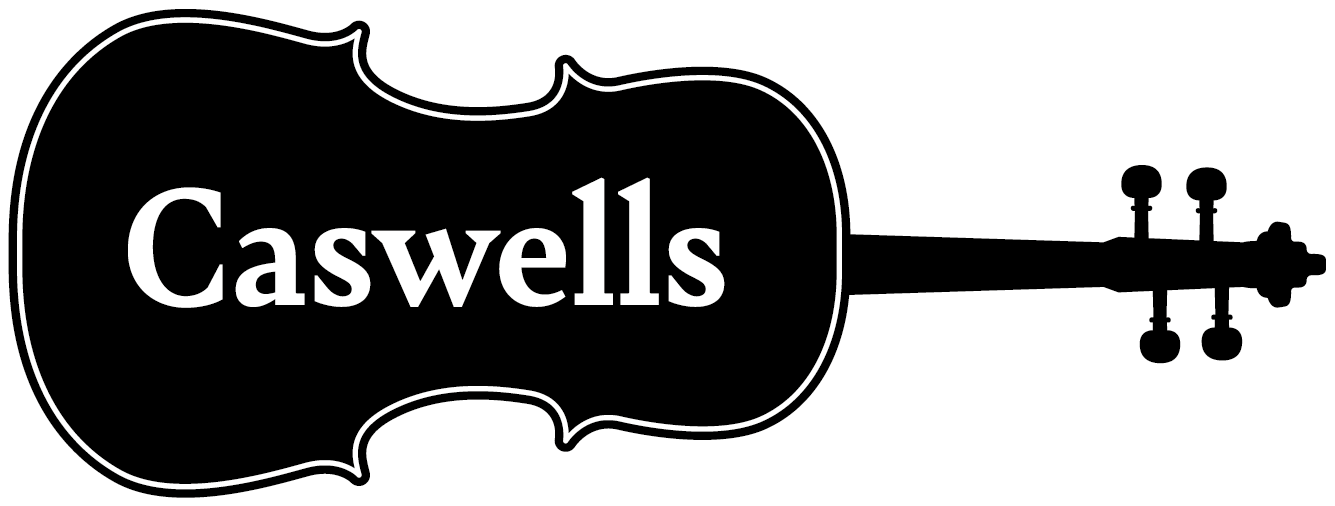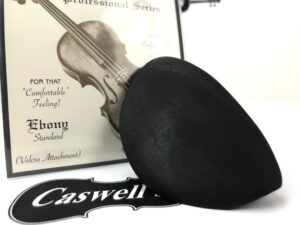Humidity and Temperature effects wooden stringed instruments
Cometh the summer, cometh the heat, and sometimes low humidity. But then again, we could (being in Britain) experience periods of high humidity.
Of course, if we have an extended period of heat, or if you are dragging your lovely instrument off to the south of France, or to any hot dry country you certainly need to be aware of how these extreme factors can affect wooden instruments.
Dryness plus heat can be deadly, and can be exacerbated by moving from, say, an airconditioned hotel to the hot dry air outside. As the wood of the instrument contracts the arching may begin to deform, old cracks open, seams open and even new cracks will form. Common sense is as usual the answer – have a humidifier or similar device installed in your precious instrument and case.
What should you look out for, what are the signs?
Playing in such conditions can also be a danger as your body heat affects the instrument and sweat is a great varnish cleaner! Recommended is the use of a Stradpad which covers the chinrest and the back of a violin. It is also common sense to avoid direct sunlight and hot overheated situations as, for example in a closed car.
Treat your instrument with care
Also, make a habit of doing a cursory examination after every concert. Check the seams aren’t coming apart, check the neck and especially look for any strain or cracks appearing along the Soundpost/bridge area. Often some tell-tale signs are the frustrating appearance of a buzz, rattle or loss of volume – if so hie you off to your favourite luthier.
How to care for your instrument in humid temperatures
- Watch out for all temperatures including air conditioning
- Avoid adding extra humidity to the instrument
- Avoid direct sunlight and hot environments
- Check for signs of movement in the seams, neck and any strain or cracks
- Pay attention to the sound, listen out for buzz, rattle or loss of volume
Extreme temperatures can definitely change an instruments sound – here’s an example
High humidity plus heat presents another set of problems, some good some bad. We have a violinist friend who constantly struggled in England with his very old violin, due to seams opening, cracks etc but on taking it to Barbados the violin swelled, closed all the cracks and seams, and sang like a canary! Some 19th-century violins were even constructed with extra support at the corners, to cope with the tropics. However, your instrument may not react like that and due to internal pressures could warp and twist, thus opening up seams. Once again use common sense and protect your instrument all you can from extreme changes of temperature.
Is there a fix?
There is, unfortunately, no magic fix for all situations – just BE AWARE, take soundings often and act if your hygrometer readings are out of the range of what’s acceptable. Better still, take only your second best instrument on tour!





